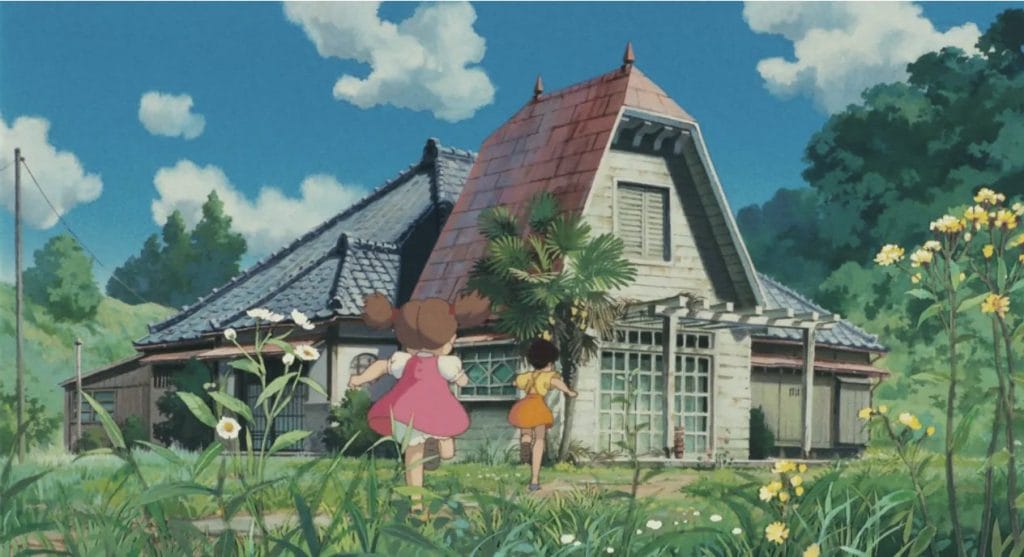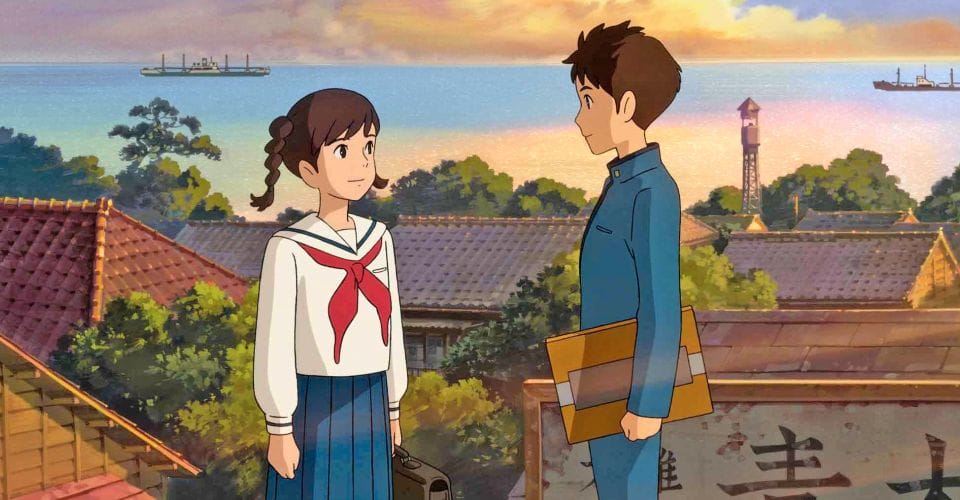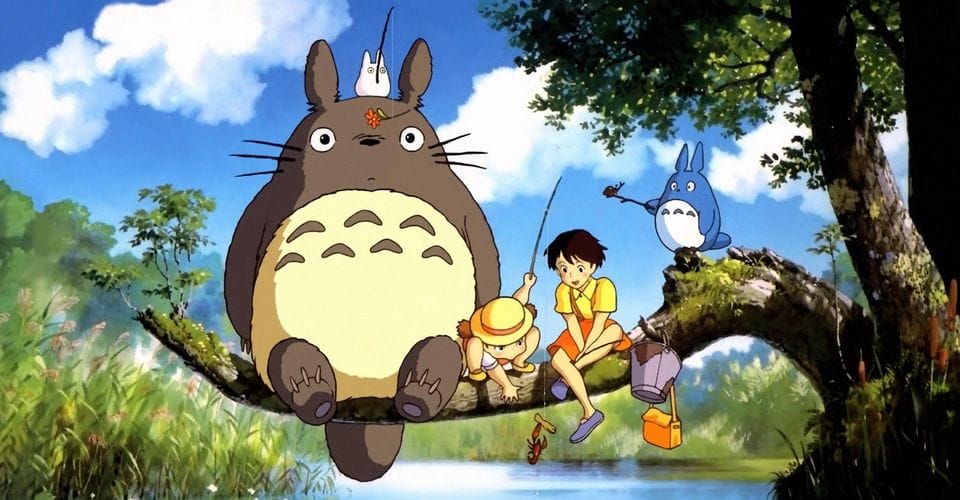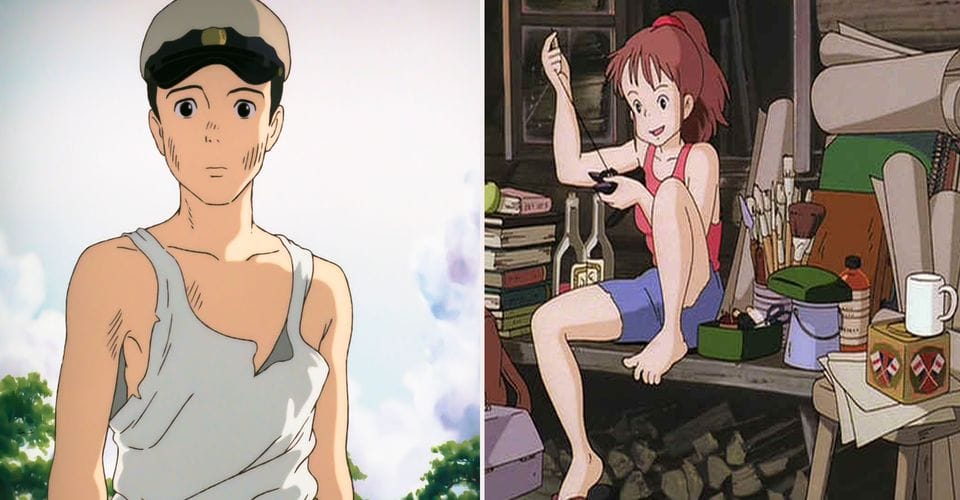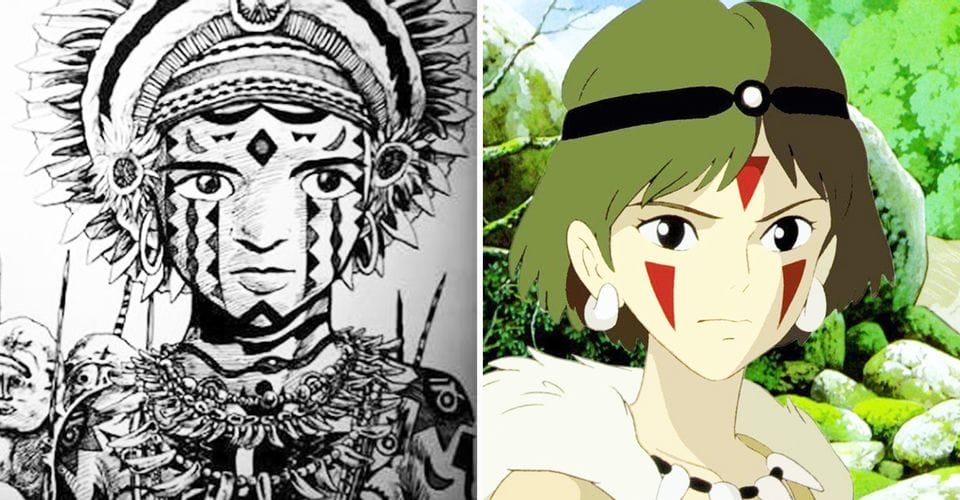Blog
Studio Ghibli’s Porco Rosso Is Anime’s Greatest Anti-Fascist

A World War I veteran living in 1930s Italy, Porco Rosso always remained true to his anti-fascist principles.
“Better a pig than a fascist.” Everybody should hate fascism, but nobody in the world of anime cinema hates it more than the title character of Porco Rosso, which is arguably Hayao Miyazaki’s most underrated film.
Studio Ghibli is famous for elaborate fantasy worlds, but in Porco Rosso, the titular character being a pig is the only fantasy element. Remove the pig-person element and it’s more or less in line with a film like Casablanca. Originally named Marco Pagot, Porco Rosso wasn’t born a pig, but turned into one after being the lone survivor of an intense air raid. Though the exact nature of his transformation remains somewhat mysterious, the film makes it clear this is a self-inflicted punishment from a combination of guilt and disillusionment towards the human race as a result of the war.

Despite the movie’s light tone, it deals with a heavy setting: Italy in the period in between World War I and World War II. It could be argued that the most important period in the 20th century is the time between those two wars; in that brief period of peace, economic depression struck major parts of the world, consequently inspiring angry citizens to form and support fascist regimes across Europe. Italy became a fascist country after World War I under Prime Minster Benito Mussolini, and his influence on other dictators like Francisco Franco and Antonio de Oliveira spread fascism across Europe.
Porco Rosso was inspired by political turmoil at the time of its production. In a 2009 interview with Empire, Miyazaki explained that “Really, it was based on my hobby, and I wanted to make something light.” he stated, “But then Yugoslavia collapsed and all the conflicts broke out in Dubrovnic, Croatia and the islands which were my setting. Suddenly in the real world it became a place where battle was happening. So then Porco Rosso became a more complicated film.”
Porco Rosso is more focused on character development than politics, but the politics strongly influence that character development. In the beginning, Porco serves as a flying bounty hunter in exchange for living by himself on a small island. While he fends off air and sea pirates on his missions, the new fascist government have hired their own seaplane pirates to put him out of business. Top that off with the fact that there’s an arrest warrant for him in Italy and Porco has plenty of personal reasons to hate the regime.

Despite his lack of faith in humanity, Porco remains a pacifist with a high sense of honor. While his relationships with long-time friend Gina and his mechanic’s young granddaughter Fio are the central focus of the film, his most interesting relationship is with the American pilot Curtis. Even after battling him, the two can still act like gentlemen once their quarrels are over. They respect each other as people even after battling over certain differences, something that is sorely needed in the real world more than ever. In a world still barely recovering from one war and on the precipice of another, keeping integrity is vital, and Porco Rosso maintained that despite his terrible experiences in World War I.
Porco’s experiences with his close friends help him restore some faith in humanity; it’s even hinted that he became human again at the end. What’s interesting is that Miyazaki approached this period in history and the subject of planes again with his most recent film The Wind Rises. That movie is based on the real life of Jiro Horikoshi, who designed fighter planes for Japan during World War II. Whereas Porco resists his home country’s brutal regime, Horikoshi contributes to his without realizing the weight of his actions until it’s too late. With those two films, Miyazaki shows two distinct responses to government oppression: Porco is the hero we want to be in such a situation, while Jiro is the complicit tragic figure we all too often end up becoming.

